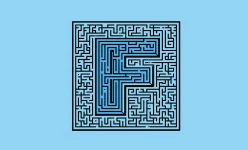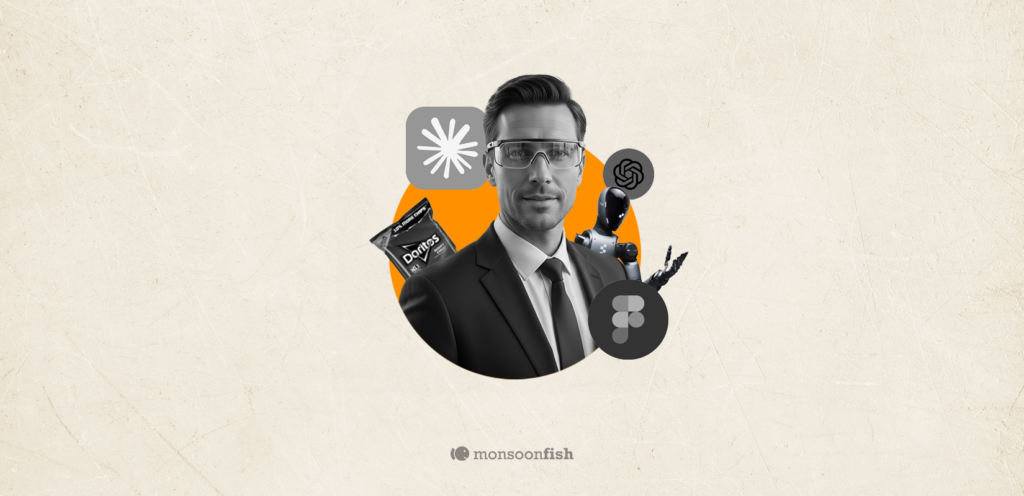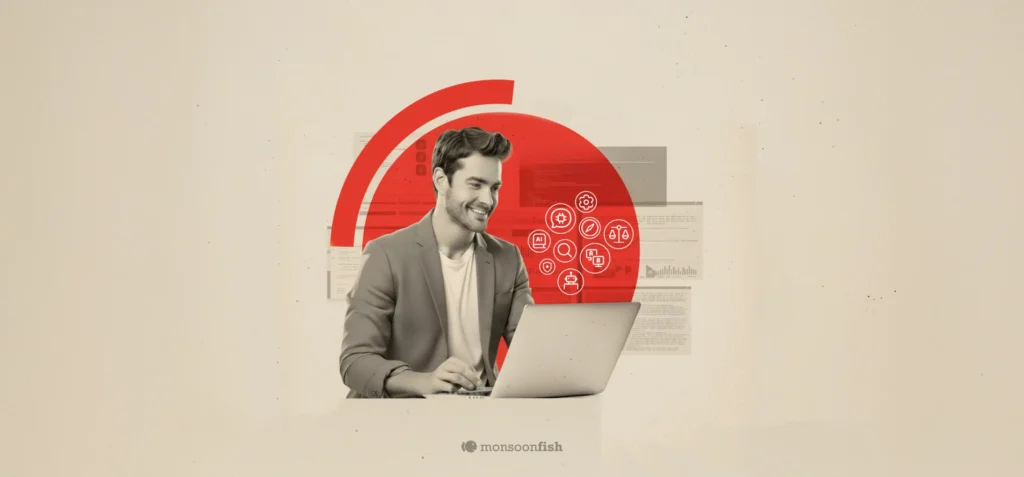
Hicks Law
Decision-making slows as the number of choices increases, but simplifying options can speed it up effectively.

Miller's Law
Use chunking to organize content into smaller clusters, making it easier for users to process, understand, and remember.

Aesthetic Usability Effect
Visually appealing designs are perceived as easier to use and more effective, even if they’re not necessarily more usable.

Fitts’ Law
The time it takes to take action on a target is inversely proportional to the distance to the target and directly proportional to the size of the target.

Peak end rule
People tend to remember experiences based on their most thrilling moment and how they conclude, rather than every detail in between.

Doherty Threshold
Users perceive a system’s response as instantaneous if it’s within 400 milliseconds (ms).

System Status Visibility
Immediate and clear communication between a user and a system, ensuring real-time updates on actions and responses.

Postel's Law
Design should be adaptable to user behavior and flexible, while remaining precise in delivering information.

Weber's Law
If something is really big or loud, you need a big change to notice it. If it’s small or quiet, even a tiny change can be noticed.

Serial Position Effect
People have better recall of items presented at the beginning and end of a list, with those in the middle often being less memorable.















